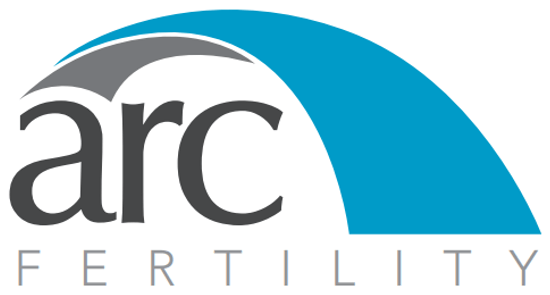It seems like it was forever ago when almost all infertility treatments in the United States came to a halt. In reality, it has only been four months since the American Society for Reproductive Medicine (ASRM) issued guidelines that recommended suspending IVF and other procedures. Since then, it’s been a chaotic environment as various states and cities relax and then enforce social distancing policies to stop the spread of COVID-19. Needless to say, this has been devastating for so many people hoping to grow their families.
So, what is the current state of fertility medicine? At the beginning of June, the ASRM issued cautious support for “the measured resumption of care” that included recommendations for keeping medical facilities virus free. The list includes limiting the number of visitors in offices, full PPE requirements for all healthcare professionals, and other high-level precautions. Recent updates have recommended the same approach be continued for the foreseeable future.
The reality is that none of us can predict the future. We’re already seeing out-of-control virus spikes in several states that reopened businesses and public areas early, and the expected “second wave” of COVID isn’t expected to hit until the fall. Until there are effective treatments and a vaccine, we can expect more of this rollercoaster ride. As part of this, many medical facilities will be overwhelmed by COVID patients, and many non-emergency medical procedures will be suspended. While IVF remains an essential medical service, it is unknown how this continued, significant impact of COVID-19 on our healthcare system, and society, will affect the future delivery of infertility treatments.
A very important question is whether or not fetuses can get COVID in utero. While not yet certain, there does not seem to be transmission of SARS-CoV-2 (the coronavirus) across the placenta to the baby. However, pregnant women who get COVID can sometimes become very ill and this illness can be harmful to the pregnant woman and her baby. The good news is that the safety measures in most doctors’ offices are very effective in combating the spread of coronavirus. Early research from China also suggests that sperm carries a very low risk of transmission. This potentially means that the only major risk involves exposure to COVID by an expectant mother, which is the same risk that all mothers-to-be face. However, it also means that it is very important for women who are attempting pregnancy or who are pregnant to follow all the masking, social distancing and hand-washing guidelines that we know significantly reduce the risk of becoming infected.


